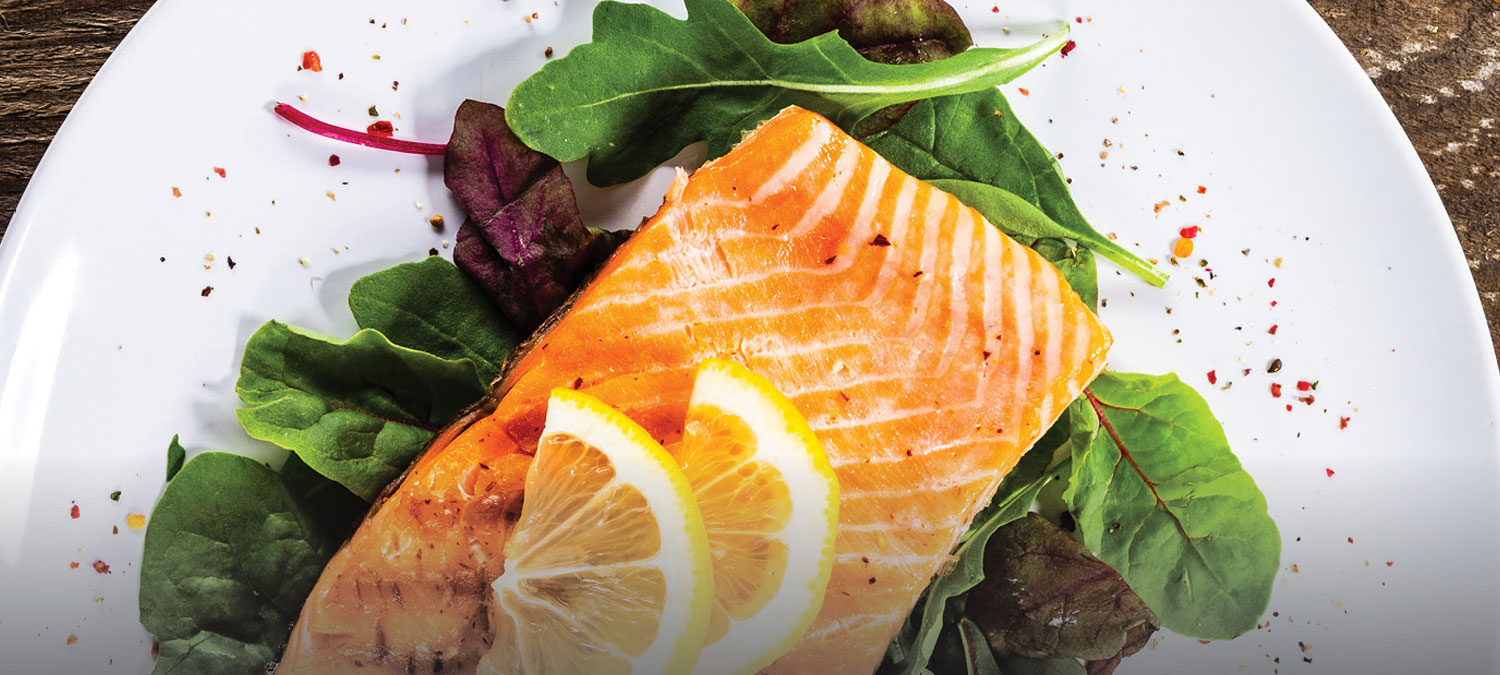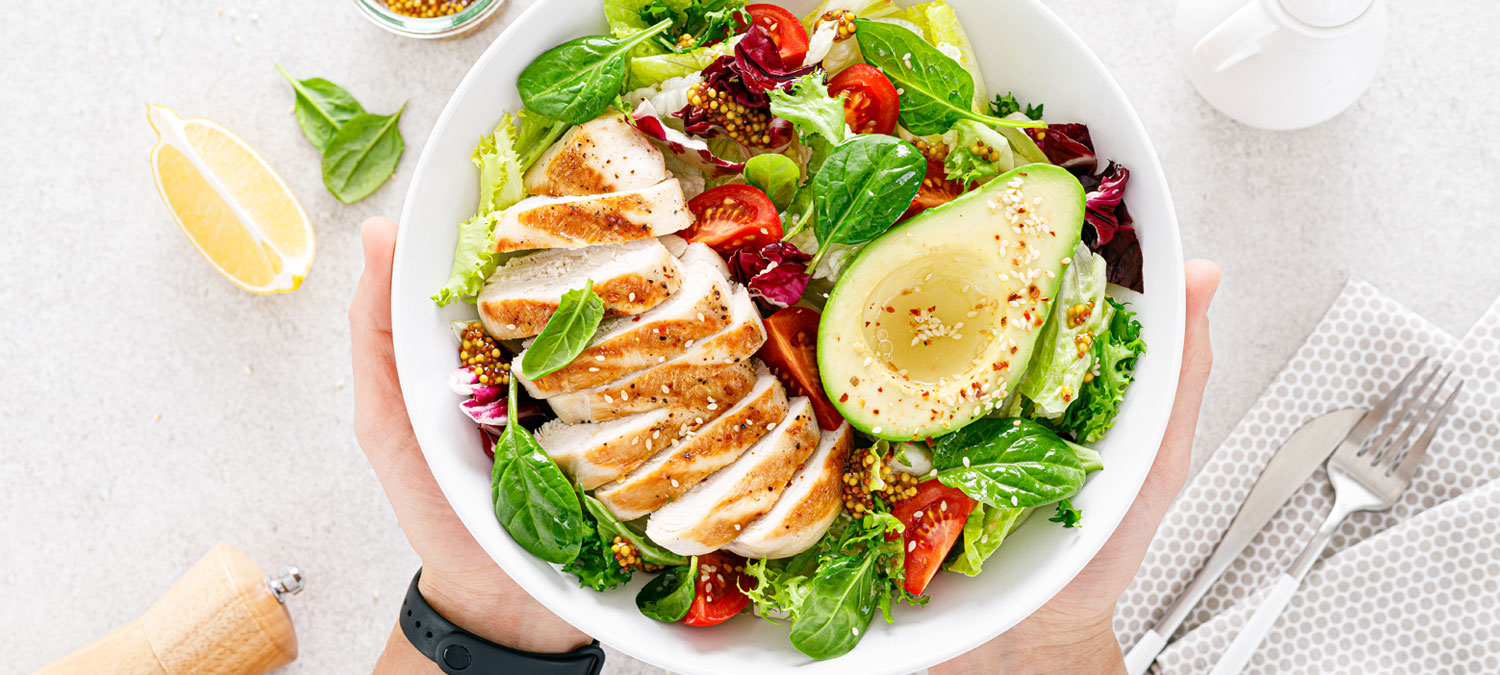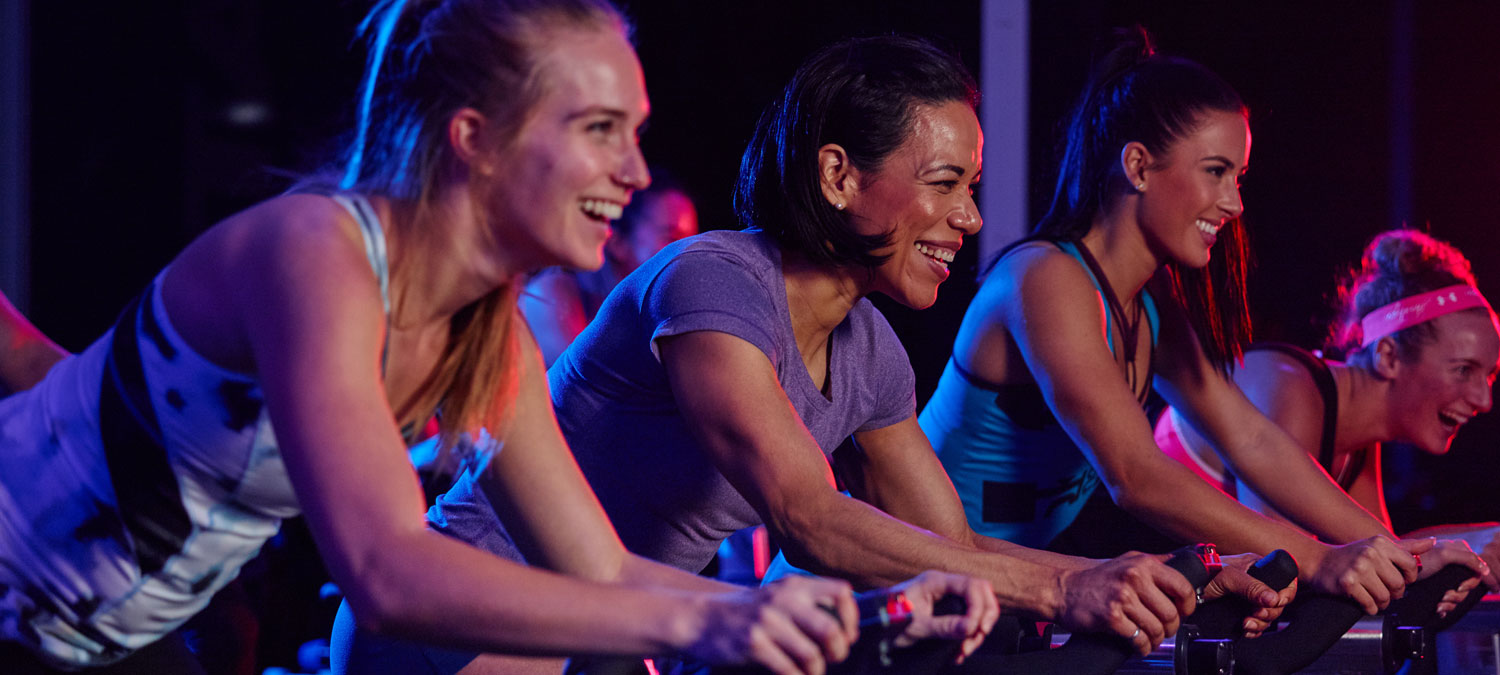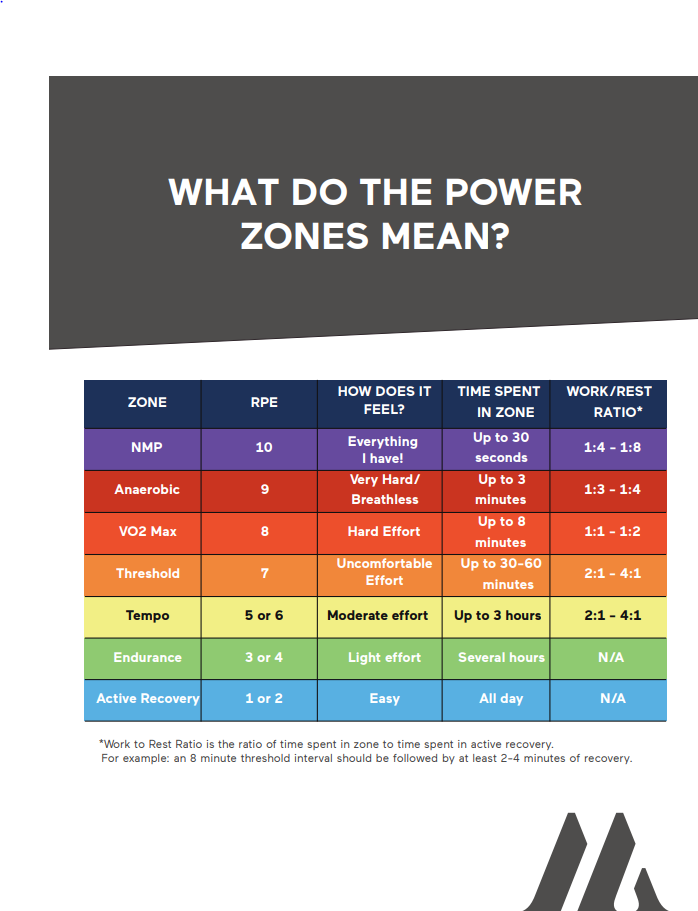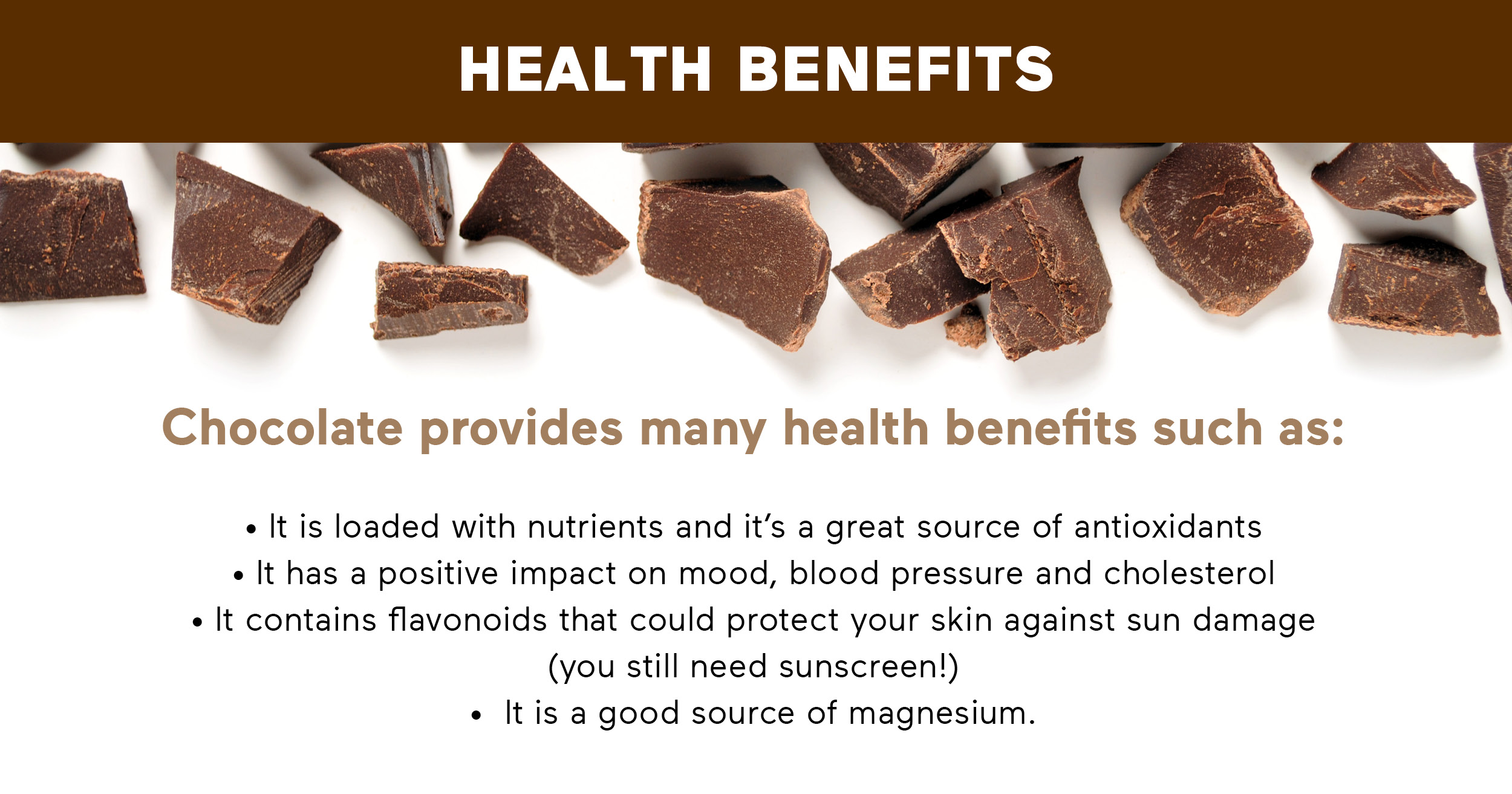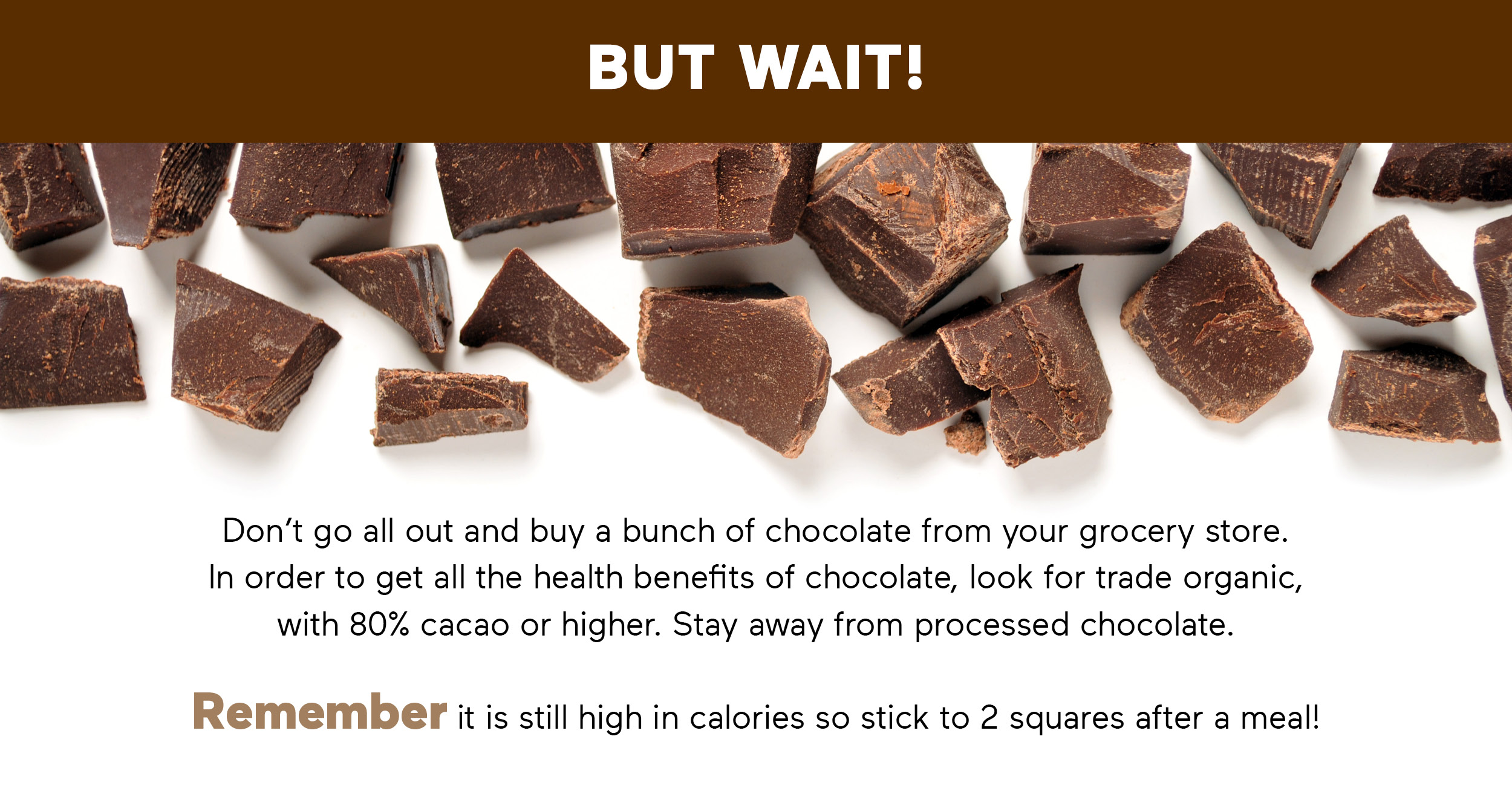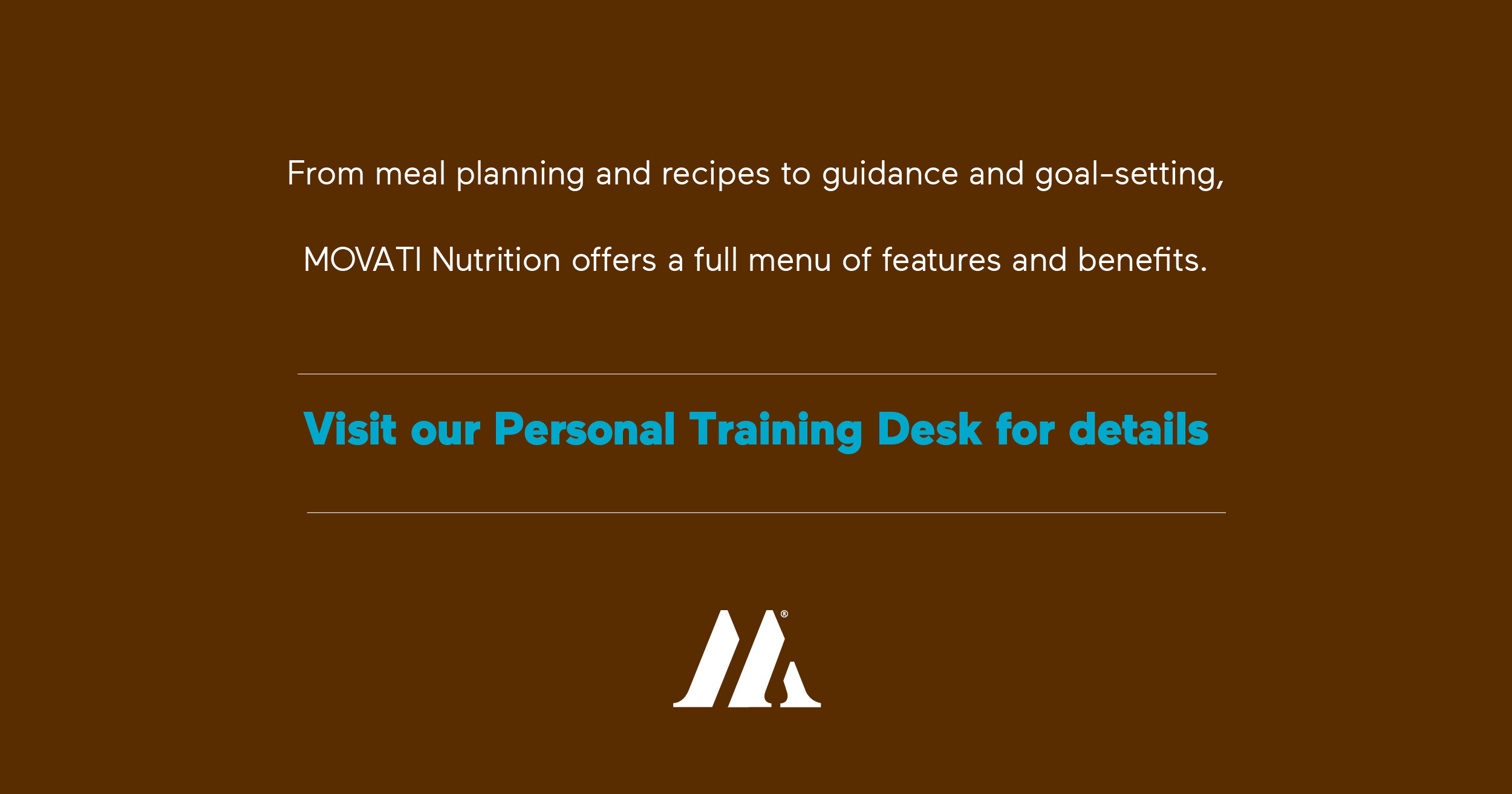We all know that we need sleep but how much do we actually require and what can we do to ensure we are getting the best quality of sleep each night.
Why is Sleep So Important?
Sleep enhances our ability to learn, memorize, and make logical decisions. It recalibrates our emotions, restocks our immune system, fine-tunes our metabolism, and regulates our appetite.
Some of the benefits of sleep include;
- Lowers blood pressure
- Reduces stress
- Reduces the risk of illness
- Improves memory
- Improves your mood
- Aids in heart health
- Aids in weight management
When we don’t get enough sleep, it significantly effects our health. Lack of sleep is associated with higher rates of depression, anxiety, immune system failure, stroke, heart failure, cancer, dementia, skin problems, and overeating…just to name a few! Sleep deprivation shows consistent bad outcomes. Even if you think you are gaining time by sleeping less, it’s compensated for with lower productivity and creativity.
Recommended Hours of Sleep
Newborns (0-3 months) 14-17 hours of sleep
Infants (4-11 months) 12-15 hours of sleep
Toddlers (1-2 years) 11-14 hours of sleep
Preschoolers (3-5 years) 10-13 hours of sleep
School-age Children (6-13 years) 9-11 hours of sleep
Teenagers (14-17 years) 8-10 hour of sleep
Young Adults (18-25 years) 7-9 hours of sleep
Adults (26-64 years) 7-9 years of sleep
Older Adults (65+ years) 7-8 hours of sleep
How to Improve Your Sleep
There are numerous ways to help improve your quality of sleep each night. We’ve narrowed them down to our top 6 recommended ways that are easy for anyone to try.
Eliminate Light – the absence of light tells your body it’s bedtime.
Keep it cool – the body loses heat as it sleeps. Keep the temperature low to help your body cool down and drift off. A fan can also be a great noise blocker!
Listen to music – playing relaxing music can help you drift off to sleep.
Stay off your device – blue light from screens can interfere with melatonin, a chemical essential to sleep.
Hide your clock – watching time pass when you can’t sleep causes anxiety that delays fatigue. Set your alarm but hide your clock!
Write or read – journaling your feelings at bedtime can help you let go and drift off. Reading a book can have the same effect.
Would you like to learn more about sleep? Our TRY IT TUESDAY for February is all about sleep! Visit the personal training desk for more details!
